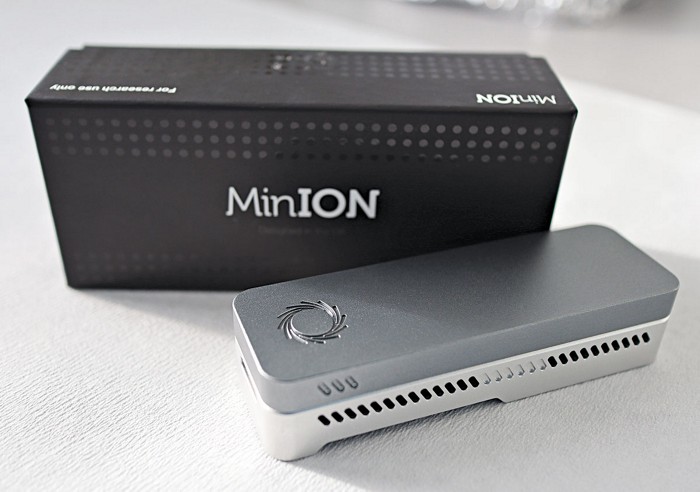Advertisement
Grab your lab coat. Let's get started
Welcome!
Welcome!
Create an account below to get 6 C&EN articles per month, receive newsletters and more - all free.
It seems this is your first time logging in online. Please enter the following information to continue.
As an ACS member you automatically get access to this site. All we need is few more details to create your reading experience.
Not you? Sign in with a different account.
Not you? Sign in with a different account.
ERROR 1
ERROR 1
ERROR 2
ERROR 2
ERROR 2
ERROR 2
ERROR 2
Password and Confirm password must match.
If you have an ACS member number, please enter it here so we can link this account to your membership. (optional)
ERROR 2
ACS values your privacy. By submitting your information, you are gaining access to C&EN and subscribing to our weekly newsletter. We use the information you provide to make your reading experience better, and we will never sell your data to third party members.
Sequencing
Duct tape can fix anything—even DNA sequencing experiments
Light sensitivity of nanopore devices puzzles sequencing community, invites DIY fixes
by Laurel Oldach
October 14, 2023
| A version of this story appeared in
Volume 101, Issue 34

Researchers who use nanopore-based DNA sequencing devices are scratching their heads over a recent announcement from Oxford Nanopore Technologies (ONT) that its flow cells work better in the dark.
The devices sequence nucleic acids by detecting changes in current as DNA or RNA strands file through protein pores, which were not previously thought to be light sensitive. Yet the company says in a user community post that shielding a flow cell from light can yield increases in data output that vary according to the length of DNA to be sequenced and the version of the technology used. ONT reports increases in sequence output ranging from 11% for long molecules read by an older-generation flow cell to a staggering 469% for short molecules read by a newer pore.
It is not yet clear how light affects the system. ONT did not respond to an interview request, but in a post to their user community, a company scientist writes, “Our R&D teams are exploring the biochemical interaction between light and flow cell.”
Users say that when ONT introduces a new pore protein, it also updates and optimizes reagents. According to Lara Urban, a geneticist at Helmholtz Munich, it may be that a combination of factors—including a new version of the protein and sequencing chemistry, along with increasing interest in using the technology for shorter strands of DNA—has drawn attention to a subtle effect that was there all along.
After the announcement went out to the ONT user community, the company said it would manufacture and send customers light shields. Many users have already reported better sequencing yields with homemade fixes. Mrinalini Watsa, a conservation biologist at the San Diego Zoo Wildlife Alliance, is one of them. She’s especially excited about the development for scientists working with limited resources. In field labs, she says, “duct tape is what you live for.”


Join the conversation
Contact the reporter
Submit a Letter to the Editor for publication
Engage with us on Twitter